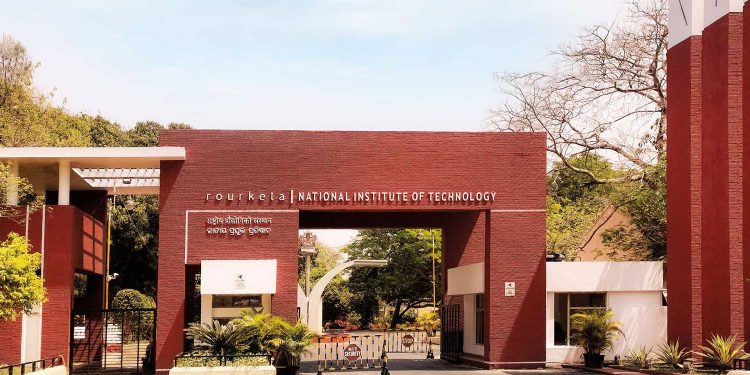Rourkela: Researchers at the National Institute of Technology, Rourkela have developed a new class of cathode materials for lithium-ion batteries, offering a promising alternative to cobalt-based designs, according to officials.
The innovative research, funded by the Department of Science and Technology’s Nanomission programme and conducted in collaboration with the Department of Physics and Astronomy at the premier institute, will address challenges associated with the high cost, scarcity, and environmental concerns of cobalt, a key component in conventional lithium-ion batteries, they added.
The research team led by Partha Saha, Associate Professor, Ceramic Engineering at NIT Rourkela includes Associate Professor Sanjoy Datta, Research Graduate Soumyasree Jena and Research Scholar Abhishek Kumar, developed magnesium-based cathode materials as a sustainable and cost-effective alternative to cobalt without compromising performance.
Lead researcher Saha said lithium-ion batteries, which power devices like smartphones, laptops, and electric vehicles (EVs), predominantly use cobalt-based cathodes.
However, cobalt presents several challenges, including its high cost and price volatility, limited availability, with major sources in countries like Cuba, Madagascar, and Papua New Guinea, and significant environmental and ethical concerns associated with its extraction.
These issues are becoming increasingly critical as the demand for EVs and lithium-ion batteries continues to grow. Projections indicate that by 2050, the global supply of cobalt may not meet the rising demand, underscoring the urgent need to develop alternative materials, he said.
Magnesium offers several advantages — it is affordable, abundant, and widely available in India, with significant deposits in Tamil Nadu, Uttarakhand, and Karnataka. Additionally, magnesium is environment friendly, helping to reduce the ecological impact of battery production.
“Our research shows that the new cathode retains 74.3 per cent of its original capacity after 100 charge-discharge cycles, a significant improvement over the rapid capacity loss observed in traditional cobalt-based cathodes,” he said.
Also Read: Odisha CM showing infrastructures built by Patnaik govt to visiting Singapore President: BJD
Additionally, the new cathode minimises the cationic disorder of nickel in lithium sites — a common issue in traditional NMC-based cathodes that leads to capacity and voltage fade, he said.
Saha explained that this breakthrough has wide-ranging implications and applications and paves the way for the production of affordable, high-performance batteries for electric vehicles, contributing significantly to the growing EV industry.
Additionally, it supports India’s renewable energy goals by enabling cost-effective energy storage solutions essential for sustainable development. By reducing dependency on imported materials, this innovation also enhances India’s self-reliance in battery production, strengthening the country’s position in the global energy market, he said.
PNN






































